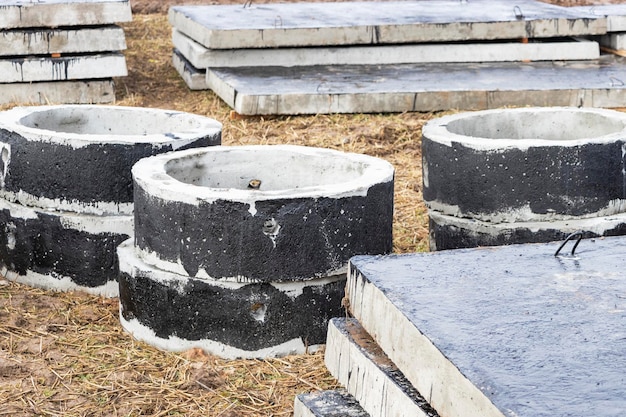Are you tired of the sulfur smell in your water? This hideous rotten-egg smell is enough to make you feel nauseous and, even worse, make you ill. Moreover, did you wonder how unhealthy it can be for your entire family!
But we can’t let it happen. We have to take effective measures to stop this terrible smell from the well water. Even if it seems hard it is worth a shot.
What if we told you we know the solution to this. We are not kidding! We know an incredibly simple method to get rid of this.
If you want to know more, scroll down to this segment to solve your lifetime problem of smelly water.
How To Treat Sulfur Odors In Well Water?
A DIY writer at Improve Warrior, suggest an easy task. To prevent water smell you don’t need to be an expert. With simple steps, you can easily stop the sulfur odors in well water.
Here we try to outline some of the steps that you can use to treat the well water.
Step 1: Smell Test
Before taking any serious step you need to figure out where the smell is coming from. Sometimes, the smell comes from only cold water, sometimes from only hot water, or sometimes from both. As a result, we may have to apply different procedures for different reasons.
Again, this process depends on the type of smell you’re experiencing. For instance, the method for a rotten smell is totally different from your water smell like oil or asphalt or cucumber or sewage.
Step 2: Water Test
The next step should be determining the source of smelly water. It can be a problem with the public water system or personal well. Anyways, we need to sort it out.
To do the test, we can simply do a pH analysis backed up by iron and manganese tests. For health concerns, a total coliform test or bacteriological test is highly recommended.

Step 3: Chlorine Bleaching
It is necessary that you bleach your wells with chlorine. Your entire well should be washed up and cleaned with it.
As it is a best practice for eliminating odors for years after years, we think this step should not be neglected. Though it seems inevitable, we would like to include it in your checklist.
Always wear personal protective equipment, including gloves and safety goggles, when handling chlorine. Use the correct chlorine concentration, typically around 100 to 200 parts per million (ppm), for well disinfection, calculated based on well dimensions. Thoroughly dissolve the chlorine in water before introducing it into the well, and avoid inhaling chlorine gas by working in well-ventilated areas.
Never mix chlorine with other chemicals, adhere to manufacturer instructions, and follow local health department guidelines. Allow the chlorine to remain in the well for the recommended contact time (usually 12 to 24 hours), flush the system afterwards to remove residual chlorine, and test the water for safe chlorine levels before use.
Step 4: Use a Chlorinator
Install a chlorinator or, most commonly known as, chlorine injectors for continuous injection of chlorine gas in the water.
While water is running, spraying chlorine helps not only get rid of the smell but also unhealthy microorganisms. Thanks to chlorinators.
Step 5: Inject Peroxide
After that, you can inject hydrogen peroxide into the water. Don’t forget to use a catalytic carbon filter after that. The process will be utterly incomplete except for that.
This filter system for well water can help ensure that the water is safe and clean for consumption and other household uses.
Using it is crucial because unlike chlorine it does not leave any residues in the water. Thus we can say it makes your water cleaner than you are expecting.
After injecting hydrogen peroxide, the well water needs some contact time to allow the hydrogen peroxide to react with and kill the microorganisms. This contact time may vary depending on the well’s characteristics and the initial water quality.
Regular maintenance of the catalytic carbon filter is necessary to ensure its continued effectiveness. This may involve periodic backwashing and, eventually, filter media replacement.
Periodic water testing is essential to verify that the treatment process effectively reduces contaminants and makes the water safe for consumption. Depending on your well’s specific water quality issues, you may need sediment filters, UV disinfection, or other treatment methods.
Verily, with these steps, you can expect to get odor-free, healthy water for your home.
FAQs
Why does my well water smell musty?
Most of the time, you may find a musty smell from your well water. It is due to the dissolved minerals, for example, copper, lead and many more. The bacteria cause this smell by eating out the minerals.
Is it safe to drink well water that smells like rotten eggs?
To put it precisely, the rotten egg smell of the water is not directly correlated to the quality of water. Therefore, we cannot say it is harmful. However, they may be. For safety, a coliform test will do the work.
Conclusion
We are at the end of our journey. It’s been a great time. And finally, we do know what you can do about the sulfur smell in well water.
After successfully removing the awful smell, please share your experience with us. Your opinions matter most.
Goodbye for today. See you next time with a more wonderful segment.






